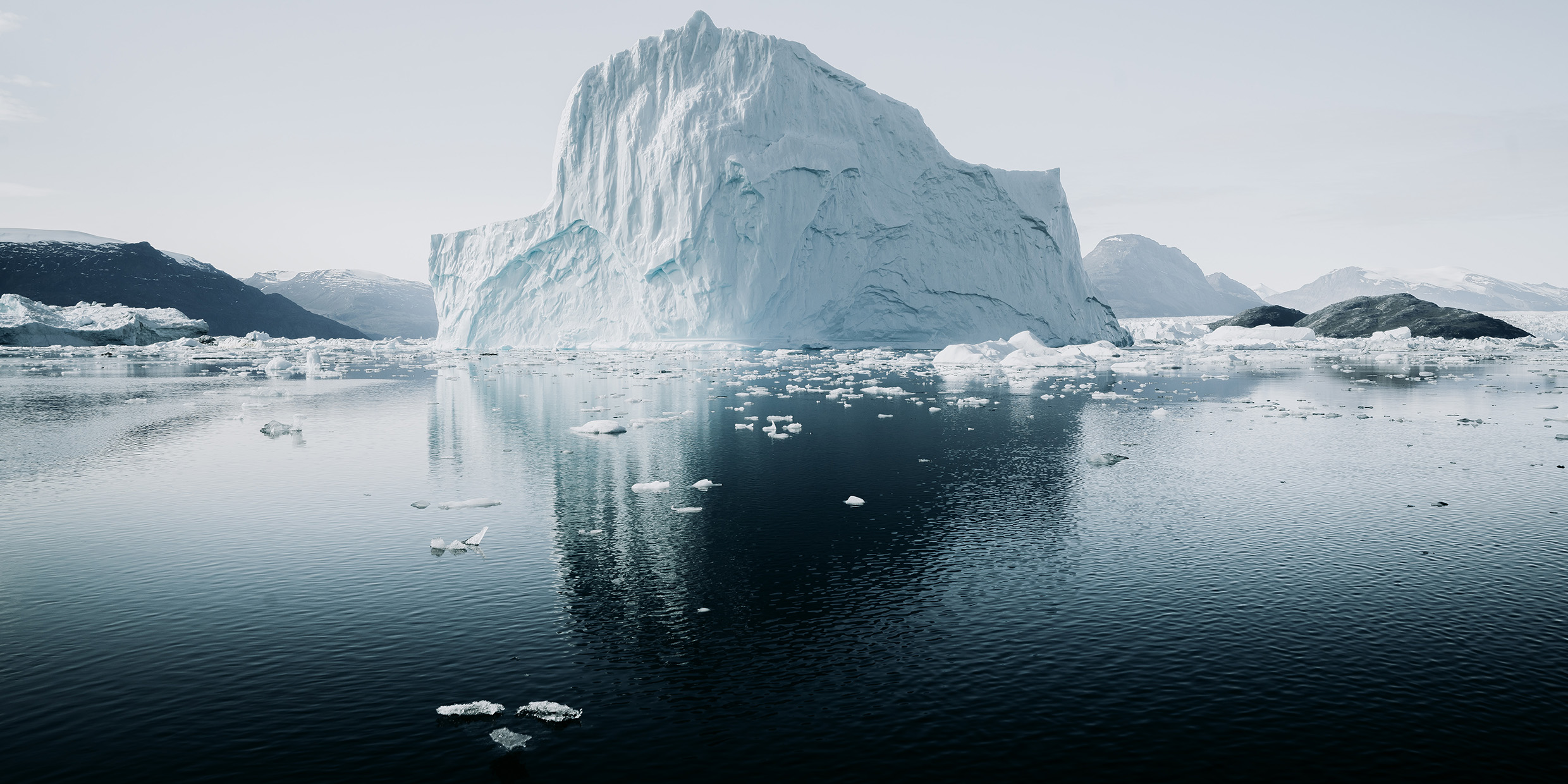Originally published 4 July 2004
What’s an ordinary citizen to believe?
On the one hand we have a movie like The Day After Tomorrow scaring our pants off about the catastrophic consequences of global warming — tidal waves in New York, fire in Los Angeles, calamity just about everywhere.
On the other hand we have the Bush administration and its energy-industry allies pooh-poohing predictions of greenhouse disaster and snubbing the Kyoto conventions on reducing hydrocarbon emissions.
Environmental doom-mongers thump the drums for worst-case global warming scenarios — flooded coastal cities, widespread starvation, war and chaos.
The Bushies sniff that it’s all a tempest in a teapot, typical hysteria from left-wing tree-huggers.
What are the facts?
Climatologists universally agree that there is a demonstrable relationship between the quantity of carbon dioxide and methane — the so-called greenhouse gases — in the atmosphere and the planet’s average temperature. They also agree that the amount of those gases in the atmosphere is rising.
The Earth’s surface temperature also appears to have risen by over half-a-degree Centigrade (about 1.5 degrees Fahrenheit) since the Industrial Revolution.
Beyond that it’s pretty much up for grabs. The Earth’s oceans, atmosphere and biosphere — including humans — are connected in ways that are not yet fully understood.
Prudence suggests several things: More study of how the Earth’s climate has changed in the past, careful monitoring the the planet today, and cutting back on our appetite for fossil fuels. For a start, we should ratify the Kyoto conventions and abide honestly by their strictures.
We know with certainty that the planet’s long pre-human history is characterized by recurring ice ages and warm eras, and rising and falling sea levels. These are presumably caused by the forces which slowly reshape the Earth’s surface, variations in the Earth’s orbit relative to the Sun, and perhaps even changes in the Sun’s output of energy.
But can humans — puny little us — be a force for change?
Climatologist Bill Ruddiman, professor emeritus at the University of Virginia, Charlottesville, thinks so, and he thinks he has the data to prove it.
Ruddiman starts with air bubbles trapped in ice that accumulated in Antarctica over hundreds of thousands of years. Each bubble is an sample of the Earth’s atmosphere at some time in the past. Together they provide a continuous record of the composition of the planet’s atmosphere.
He compares this record with the temperature history of the Earth that he and others have derived from the study of ice cores, deep-sea sediments and lake deposits.
He finds the usual correlation between temperature and greenhouse gases: more carbon dioxide and methane, warmer Earth, and vice versa.
And he thinks he sees variations in the atmospheric record of the last ten thousand years that can only be accounted for by human activities.
The clear-cutting and burning of forests that accompanied the Agricultural Revolution 8000 years ago left its signature in the air and on climate, says Ruddiman. As did the advent of the rice paddy system of farming in southeast Asia 5000 years ago.
These developments added carbon dioxide and methane respectively to the atmosphere and kept the planet from slipping toward a predicted new ice age, he says.
Ruddiman also believes that cold-weather episodes in the third to sixth centuries of the Christian era, and again in the fourteenth century, correlate with epidemics of plague, which depopulated Europe and parts of Asia, causing many acres of farmland to revert to forest. This forest regrowth caused a small but observable drop in atmospheric carbon dioxide and therefore lower global temperatures, he says.
And so on — a fascinating and provocative intertwining of human and climate history. It is Ruddiman’s contention that if it weren’t for human activities, the Earth would be colder than it is today.
If he’s right, we have even more reason to act with prudence regarding the burning of fossil fuels (which adds carbon dioxide to the atmosphere) and clear-cutting forests (which diminishes the planet’s capacity to take carbon dioxide out of the air). We may not want an ice age, but neither do we want to tour New York City in a gondola.
Ruddiman is widely recognized as a careful and cautious scientist, and I’m sure he would agree that predicting climate change is fraught with difficulty. His speculations on human-induced changes in the Earth’s climate will now be considered by other researchers and either buttressed or rejected.
Meanwhile, doom-and-gloom pessimism and head-in-the-sand optimism will get us nowhere. What is needed is more research and present caution. As always, we must balance quality of human life against disruptive environmental change, never an easy thing to do.
I don’t know of any climatologist who does not agree with Ruddiman that humans can be a force for geological change. The down side of this is that we can indeed cause catastrophic disruptions of the environment (not tomorrow, or the day after tomorrow, but certainly within several generations).
The up side is that if we can decide what sort of planet we want, we can probably achieve it.



